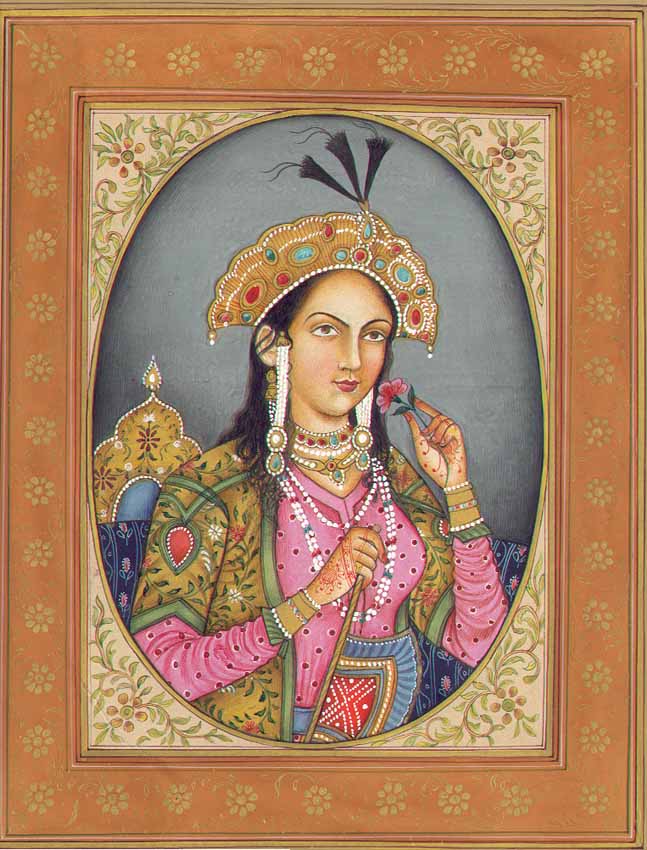Mumtaz Mahal was the inspiration behind the Taj Mahal. This short biography profiles her life, history and timeline.
Mumtaz Mahal

By Redtigerxyz at en.wikipedia (http://www.exoticindiaart.com/artimages/mb77.jpg) [Public domain], from Wikimedia Commons
Born On: April, 1593Born In: Agra
Died On: June 17, 1631
Mumtaz Mahal had a very deep and loving marriage with Shah Jahan. Even during her lifetime, poets would extol her beauty, gracefulness and compassion. She was his trusted companion and traveled with him all over the Mughal Empire. Although Mumtaz was one amongst the three wives Shah Jahan had had, other two being Akbarabadi Mahal and Kandahari Mahal, according to the official court chronicler Qazwini, the relationship with his other wives "had nothing more than the status of marriage. The intimacy, deep affection, attention and favor which His Majesty had for the Cradle of Excellence (Mumtaz) exceeded by a thousand times what he felt for any other". It is believed that she was the perfect wife and portrayed no aspirations of political power. Apart from counseling and supporting her husband, and playing the role of a lovable wife to Emperor Shah Jahan, it is believed that she also watching elephants and combat fights performed for the court and even devoted some time to a riverside garden in Agra.
It was in 1630 that Mumtaz Mahal accompanied Shah Jahan who was fighting a campaign in the Deccan Plateau. Little did she know that this was the last journey that she would ever take as soon after, she died in 1631, while giving birth to their 14th child, and left for the holy abode. It is believed that such was the level of devastation that Shah Jahan was inconsolable. Although her remains were buried in Burhanpur, it wasn't permanent as Shah Jahan, had decided to build the world's richest mausoleum in memory of his Jewel, i.e. Mumtaz. It took her husband 22 years and most of his royal treasury to build a monument befitting the memory of his beloved wife. Now, in the name of Mumtaz Mahal stands the most beautiful building in the universe and that monument of love, purity and unparalleled beauty is called the Taj Mahal.